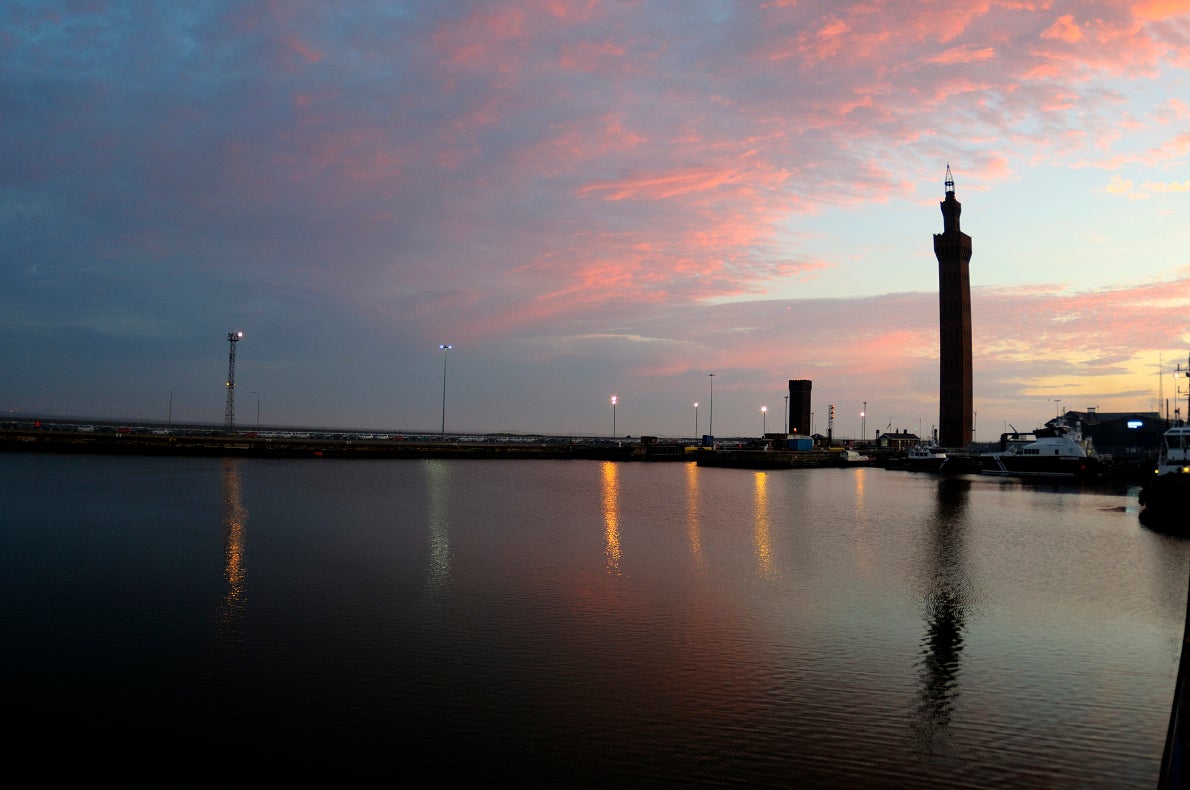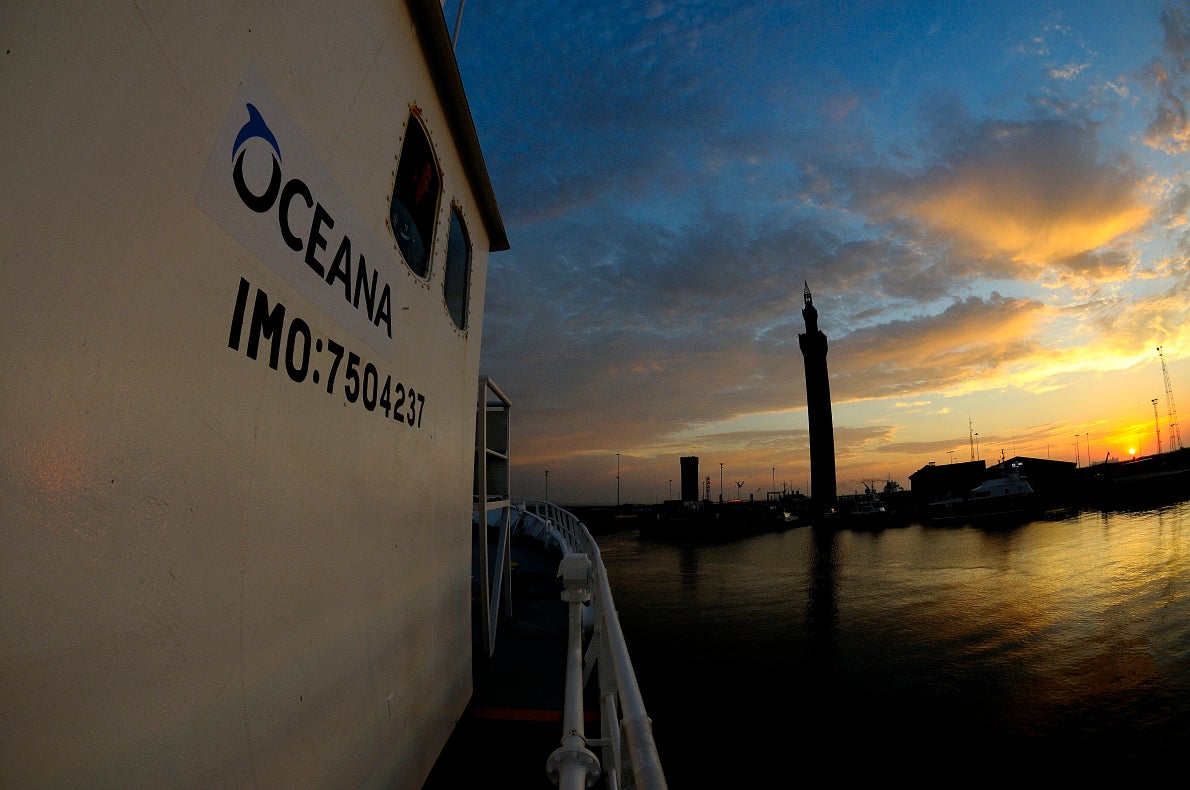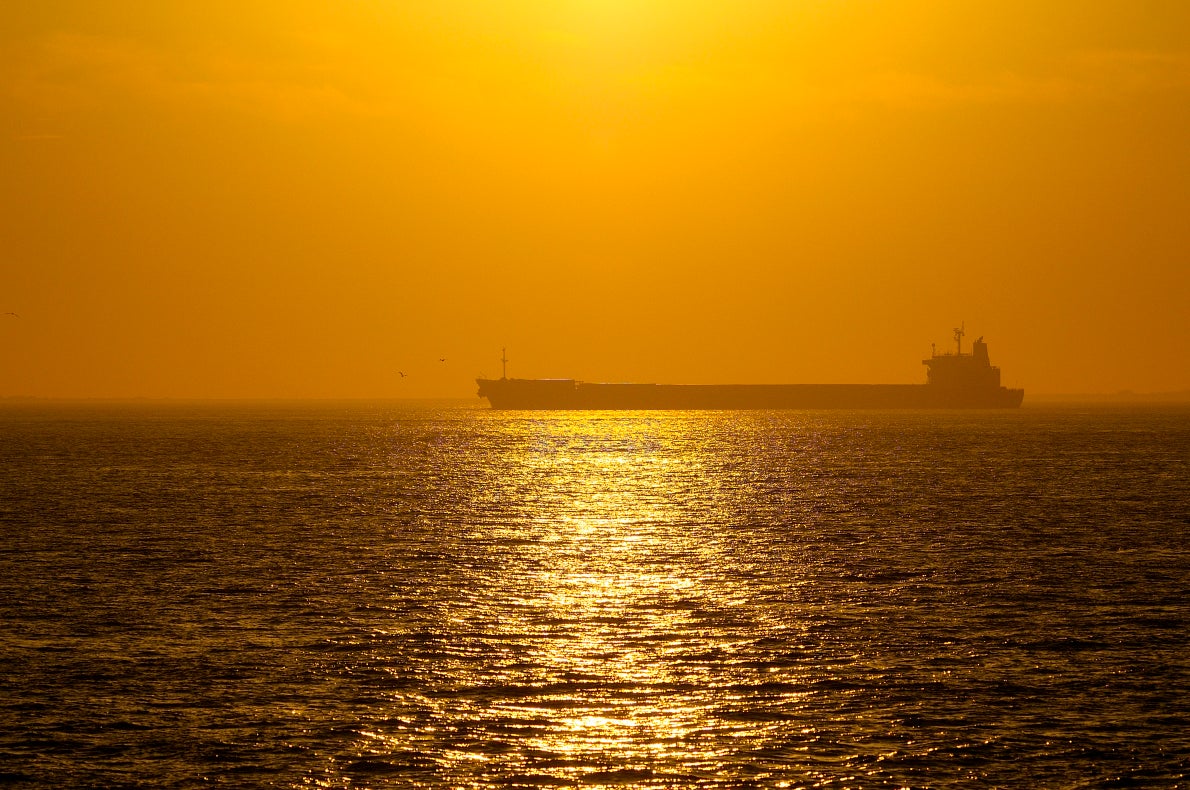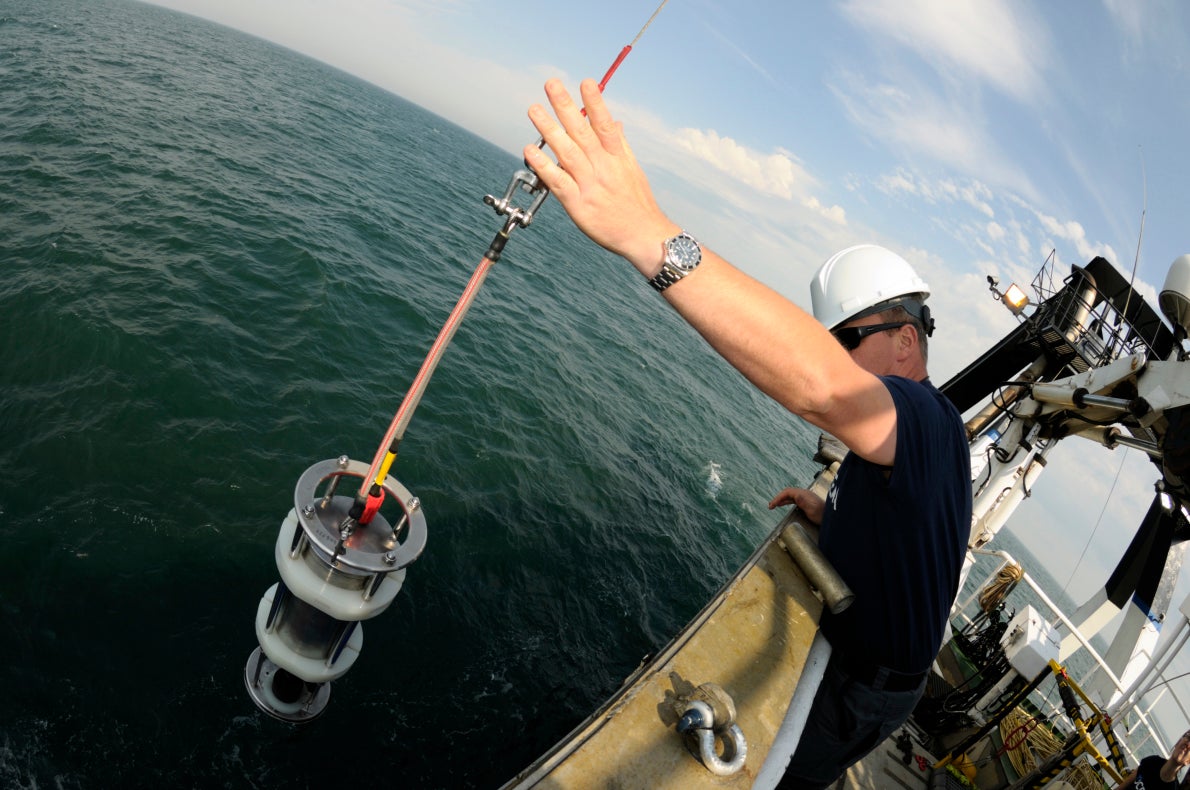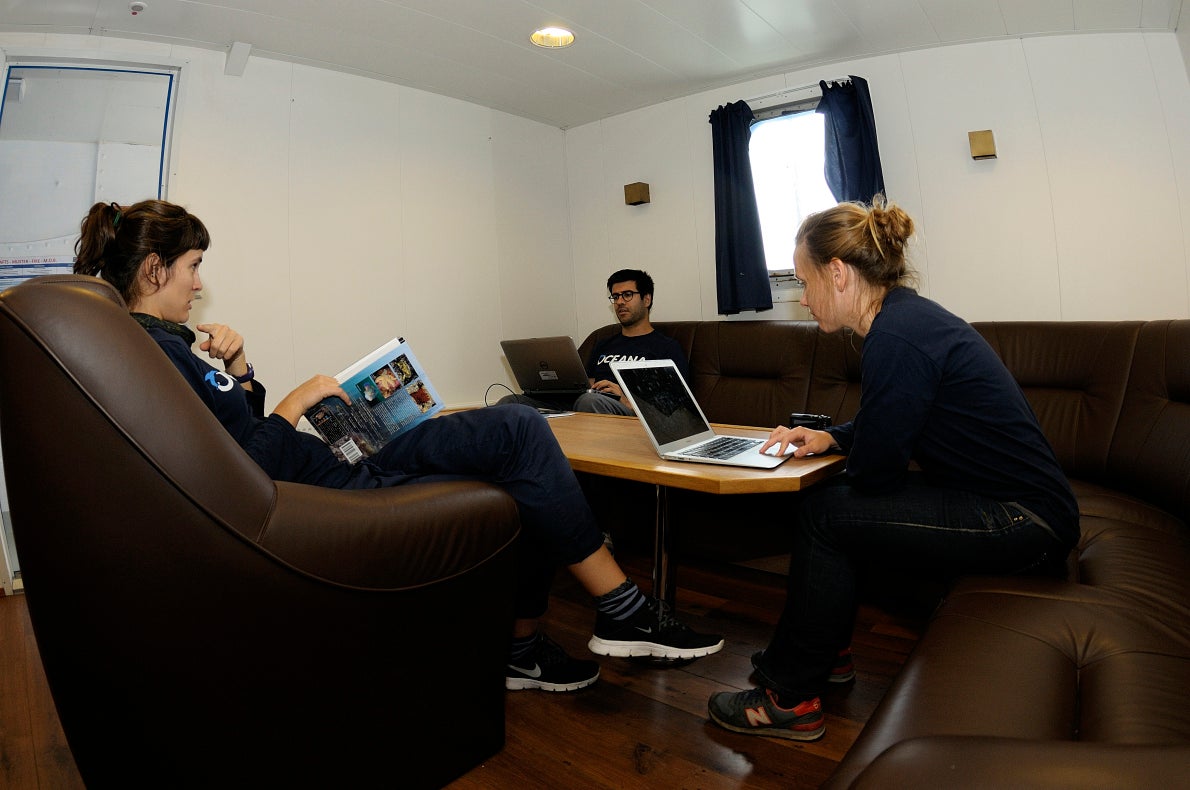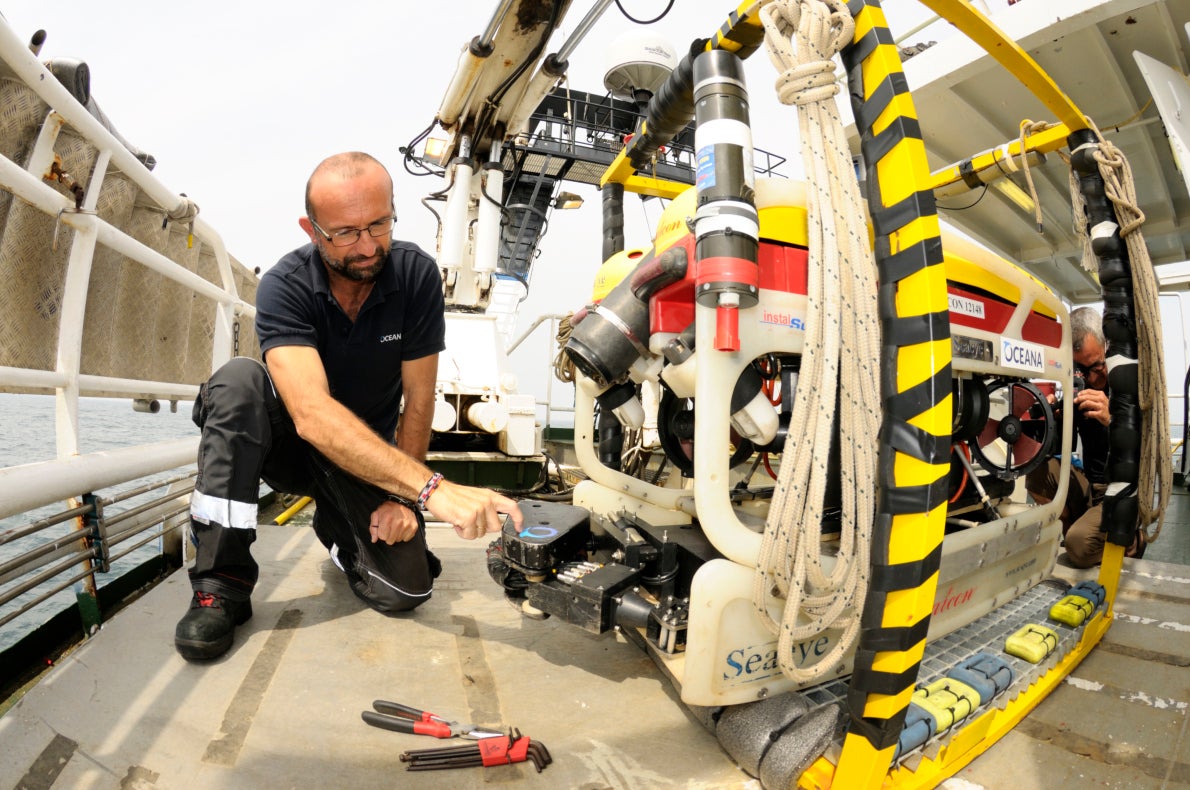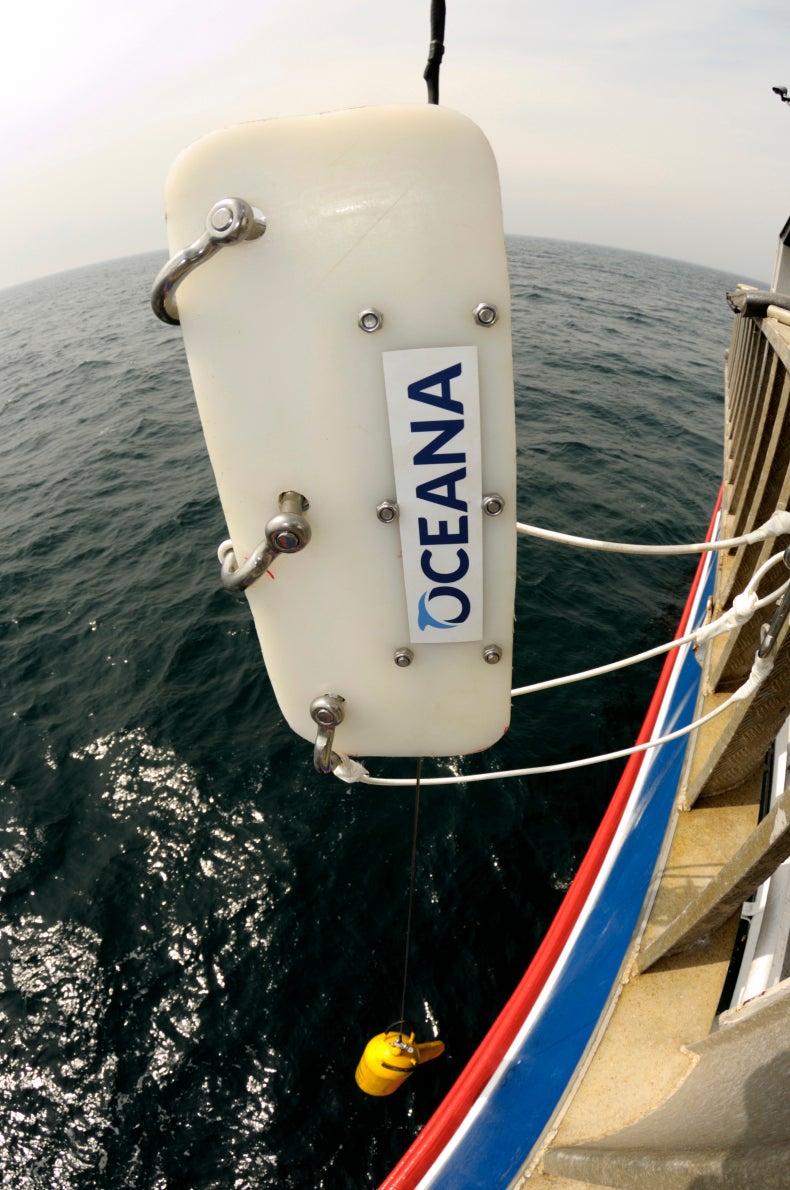July 20, 2016
Humber (UK): Lobbyists onboard!
For the first time in many years staff from our policy office in Brussels has joined an Oceana expedition in the North Sea aboard the Neptune. Usually more used to European meetings, political negotiations and the air-conditioned lobbies of the European Parliament, the policy team joined the boat’s crew in Grimsby, UK. At first impression the Neptune is huge (50 meters long!) and quite comfortable with well-equipped cabins, a crew of 9 Icelandic guys and even a small gym room organised between the engines in the hull!
We decided to take the chance of being on land before a long journey to explore Grimsby’s famous fish market. It was closed but we found one fishing boat unloading its catch. We made friends with the British fishermen onboard who proudly showed us their 14 tons of edible crabs and lobster that they had caught using creels. The catch is set to be processed and exported to China! At least we are prepared that there are a few crabs around…
As we boarded the boat for the evening, the captain announced we would depart at 4 a.m. using the high tide to sail to the Humber survey area. Oceana’s crew had previously decided to try a new method of lowering the ROV in the water using a specialised crane to allow transects so that the boat could move with the ROV behind. A big challenge ahead was the strong currents of the North Sea which considerably limit the duration of ROV dives to a few hours per day, at the exact moment when tide is changing.
When everyone gathers for breakfast at 6 a.m., our boat has left already harbour and by looking through the windows it’s obvious that we missed the morning opportunity to use the ROV. Instead, we head to a few spots to undertake sediment sampling using the grab. On this seabed composed of gravels, sand and mud we successfully retrieve a few samples and identify interesting small crabs, snails, crustaceans, and other sea stars. After lunch we seize the second opportunity of the day to successfully test the ROV at a depth of about 30m.
We are amazed to watch in real-time patches of green algae and rocks hiding lobsters, crabs, anemones, beautiful dead men’s fingers (soft corals), a plaice, shrimps, sea slugs and other sponges. As the ROV hovers above the sea bottom and turbidity decreases, we are able to see many wonderful creatures, which are immediately identified by our marine biologists. The lobbyists are speechless, it’s not their battle. The tricky manoeuver is a success, thanks to the good coordination between the ROV drivers, technicians on deck and the boat captain on the bridge. The team is now reassured for our next stops in the Northern part of the North Sea: the devil’s hole better be prepared, we’re coming!

